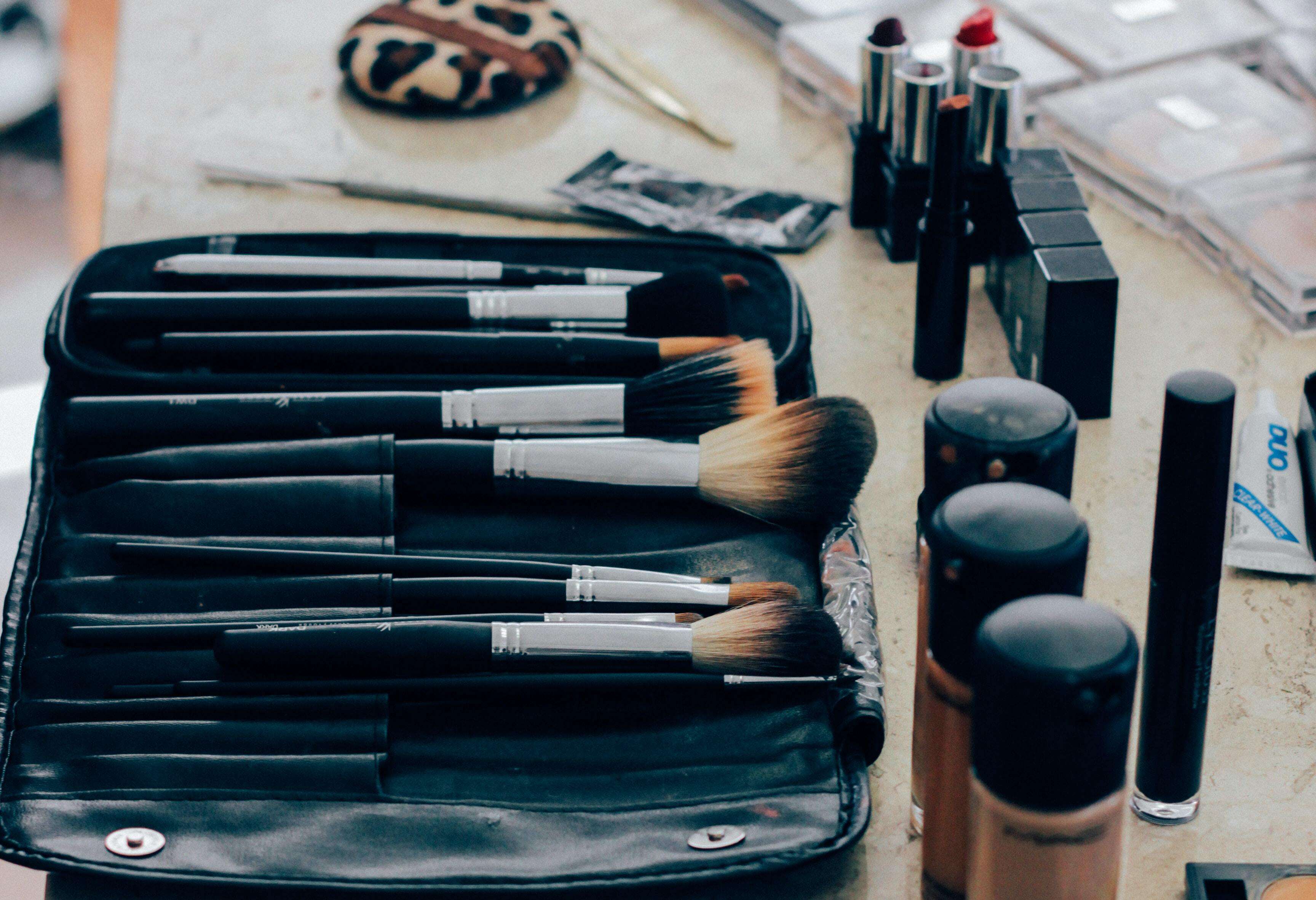
Color correcting makeup gives users a natural, fresh-face looked, a welcome change from the heavy contouring that has dominated cosmetics trends for years. Image Source: Pexels user Valeria Boltneva
For the past several years, contouring has been all the rage in cosmetics. By carefully applying shadows and highlights in the forms of creams and powders, you’re able to bring out your best features and reduce the visual impact of those you’d rather minimize. But as with all trends, the contouring craze may be coming to an end.
Tired of the heavy cosmetics and time-consuming application process, consumers are increasingly craving a more natural look and turning to color correcting makeup to even out the complexion for a beautiful, fresh-faced appearance. “I love that this is becoming a new trend, because it allows everyone to think more like an artist and wear less full-coverage makeup,” says Darais, a makeup artist for Lancôme. “In spring, especially, we want a fresh approach to our skin.”1
Color correcting makeup works by using the basic concepts of color theory to diminish flaws and create a balanced skin tone. Green corrects for redness, peachy tones hide dark undereye circles, and purple and blue shades combats sallow, yellow skin. The key is to not overdo it; according to Dell Ashley, director of makeup artistry at Yves Stain Laurent, consumers should be sure to use a light touch. “This technique is used to neutralize the skin and should be undetectable when you are finished.”2
Truly getting the best results from color correcting makeup, however, isn’t just a matter of application, it’s about selecting the best products. For cosmetics companies, that means precisely formulating color correcting products to create a seamless blend between the applied color and the skin tone being corrected. If the color isn’t exactly right, it’s easy for consumers to end up looking more like a modern painting than someone with a flawless complexion. Spectrophotometric color measurement gives cosmetics companies the ability to monitor color throughout development and manufacturing to ensure that color correcting products give users the beautiful, natural results they are looking for.

Spectrophotometers allow cosmetics companies to gain deep insight into the color of their products, facilitating both formulation and manufacturing. Image Source: Unsplash user Manu Camargo



